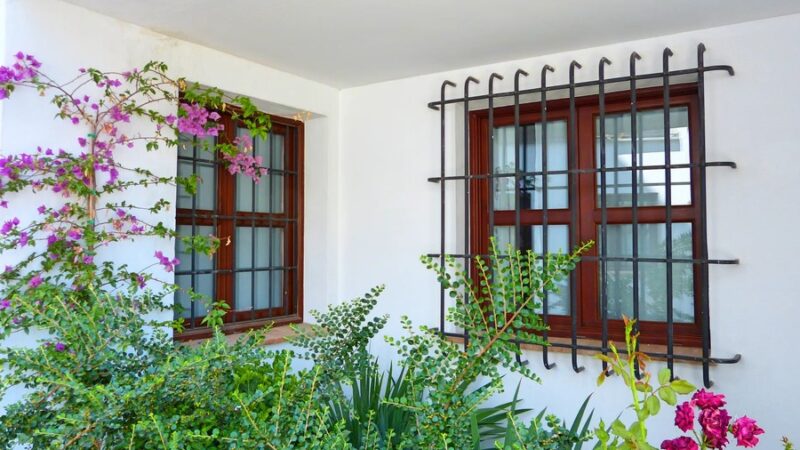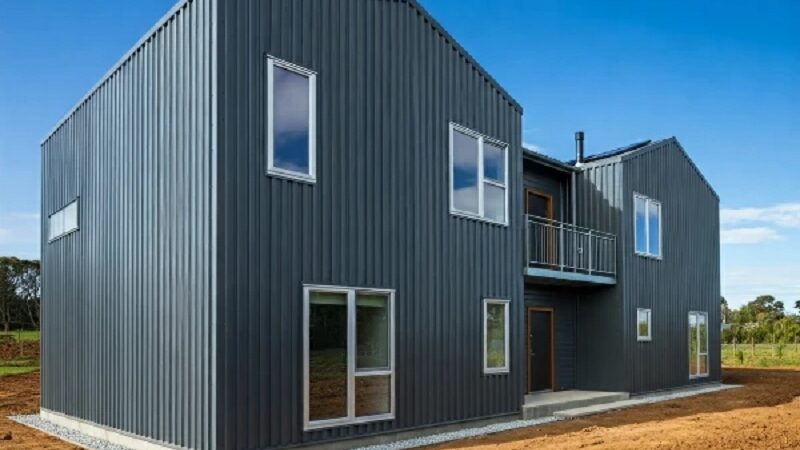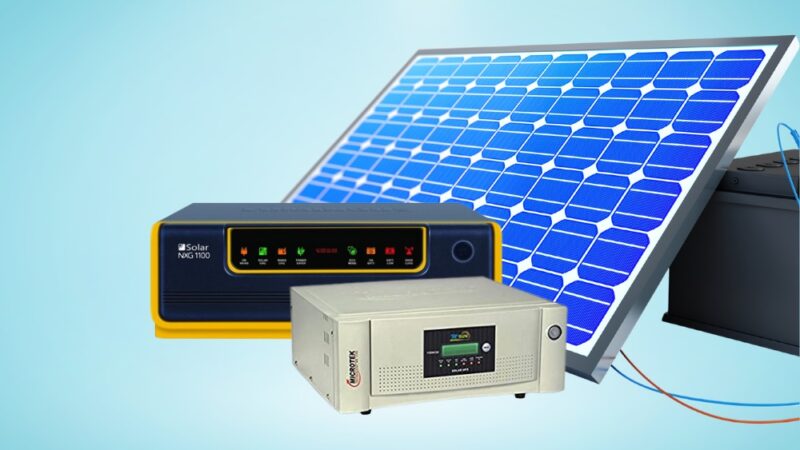In modern architecture and home improvement, the fenster plays a vital role not only in aesthetics but also in energy efficiency, comfort, and security. Whether you are building a new house, renovating an older one, or simply upgrading specific features, selecting the right fenster is crucial. This comprehensive guide will walk you through everything you need to know about fenster types, materials, energy efficiency, and design considerations to help you make the best choice for your home.
What Is a Fenster?
A fenster (commonly known as a window) is an opening in a wall, roof, or door that allows the passage of light, air, and sometimes sound. Beyond these basic functions, fenster have become central design elements in both residential and commercial buildings. They influence the interior atmosphere, affect energy consumption, and contribute significantly to the external appearance of a property.
The Importance of Quality Fenster
Choosing high-quality fenster is an investment that pays off in multiple ways:
- Energy Efficiency: Modern fenster with advanced glazing reduce heat loss and improve insulation.
- Natural Light: Well-placed fenster enhance natural lighting, reducing the need for artificial lighting.
- Ventilation: Operable fenster offer ventilation options that improve indoor air quality.
- Aesthetic Appeal: Stylish fenster can transform the exterior and interior look of your home.
- Property Value: High-quality fenster can increase the market value of your home.
Types of Fenster
There are various types of fenster, each designed to serve different functional and aesthetic needs. Here’s a breakdown of the most popular types:
1. Casement Fenster
Casement fenster are hinged on one side and open outward like a door. They are known for their excellent ventilation and unobstructed views.
2. Double-Hung Fenster
Double-hung fenster consist of two sashes that slide vertically. They are common in traditional homes and allow for both top and bottom ventilation.
3. Sliding Fenster
Sliding fenster open horizontally by sliding one pane over the other. They are ideal for homes with limited exterior space.
4. Fixed or Picture Fenster
These are non-operable fenster meant only to let in light and provide views. They are typically large and serve aesthetic purposes.
5. Tilt and Turn Fenster
Popular in European homes, tilt and turn fenster can either tilt inward for ventilation or swing in like a casement for full opening.
6. Bay and Bow Fenster
Bay and bow fenster protrude from the exterior wall, creating a nook inside the room. They add space, light, and character.
Materials Used for Fenster Frames
The material of your fenster frames impacts durability, maintenance, insulation, and overall look. The most common materials include:
uPVC (Unplasticized Polyvinyl Chloride)
uPVC fenster are cost-effective, low maintenance, and offer excellent thermal insulation. They’re resistant to moisture, corrosion, and pollutants.
Wood
Wooden fenster are timeless and provide natural insulation. However, they require regular maintenance to prevent rot, warping, and insect damage.
Aluminum
Aluminum fenster are strong, lightweight, and durable. They’re suitable for modern designs but typically offer lower thermal insulation unless thermally broken.
Composite
Composite fenster combine materials like wood and aluminum or wood and plastic to deliver the benefits of each. They are energy-efficient and durable.
Glazing Options for Better Efficiency
Choosing the right glazing for your fenster affects energy consumption, noise insulation, and safety. Common glazing types include:
Single Glazing
Rarely used in modern homes due to poor insulation and energy inefficiency.
Double Glazing
Two panes of glass with a spacer filled with air or gas (like argon). Offers better insulation and noise reduction.
Triple Glazing
Three layers of glass with two gas-filled spaces. Ideal for colder climates and for maximizing energy efficiency.
Low-E Coating
Low-emissivity coatings reflect heat while allowing light to pass through, making your fenster more energy efficient.
Energy-Efficient Fenster and Insulation
Energy-efficient fenster help reduce heating and cooling costs. Look for fenster with:
- Low U-Values: Indicate better insulation.
- High R-Values: Show resistance to heat flow.
- Gas Fills: Argon or krypton gas between panes reduces heat transfer.
- Thermal Breaks: Especially important for aluminum fenster to reduce condensation and heat loss.
Government incentives and certifications like ENERGY STAR can also guide your selection for eco-friendly fenster.
Design and Style Considerations
Your fenster should complement your home’s architecture and interior style. Consider the following:
- Frame Color: Choose a frame color that matches or contrasts with your exterior walls for a bold or seamless look.
- Grilles and Muntins: Decorative elements can give your fenster a classic or colonial appearance.
- Size and Placement: Large fenster offer panoramic views and more light, while smaller ones offer privacy and warmth.
- Shape: Custom shapes like round, arched, or triangular fenster can enhance architectural uniqueness.
Security Features for Modern Fenster
Security is a crucial consideration, especially for ground-floor fenster. Features to look for include:
- Multi-point Locking Systems
- Laminated or Toughened Glass
- Reinforced Frames
- Window Alarms and Sensors
Installation: DIY vs. Professional
Installing fenster may seem simple but usually requires precision and expertise to ensure airtight fitting and long-term performance.
DIY Installation
- Suitable for small, standard-sized fenster
- Requires tools and basic construction skills
- Risks: improper sealing, reduced efficiency
Professional Installation
- Recommended for large or customized fenster
- Comes with warranties and guarantees
- Ensures energy efficiency and compliance with local codes
Maintenance Tips for Long-Lasting Fenster
Proper maintenance extends the life and looks of your fenster:
- Clean Regularly: Use a mild detergent for glass and frame cleaning.
- Inspect Seals: Replace weather stripping or sealants if you notice drafts.
- Lubricate Hinges and Tracks: Ensures smooth operation.
- Paint or Varnish Wooden Frames: Every few years to protect against moisture.
Costs and Budgeting for New Fenster
Prices vary based on size, type, materials, and installation. On average:
- uPVC fenster: Budget-friendly
- Wooden fenster: Mid to high range
- Aluminum and composite fenster: More expensive but longer-lasting
Don’t forget to factor in long-term savings from improved energy efficiency and reduced utility bills.
Sustainability and Eco-Friendly Choices
If you’re environmentally conscious, choose fenster made from sustainable or recyclable materials, such as:
- FSC-certified wood
- Recyclable aluminum
- Energy-efficient glazing
Also, manufacturers with green certifications or who participate in recycling programs are preferable.
Common Mistakes to Avoid When Choosing Fenster
- Ignoring Local Climate: Always choose fenster suitable for your weather conditions.
- Overlooking Ventilation: Aesthetics shouldn’t come at the cost of fresh air.
- Not Considering Noise Insulation: Especially in urban areas.
- Choosing Price Over Quality: Cheaper fenster may cost more in the long run.
Conclusion: The Right Fenster Makes All the Difference
Your choice of fenster significantly impacts the comfort, beauty, and efficiency of your home. From frame materials and glazing to style and security, every element plays a role. Invest time in researching and selecting the best fenster for your needs and lifestyle. Whether you go for classic wooden casement fenster or sleek aluminum sliders, make sure they are energy-efficient, secure, and match your design vision.
As energy regulations tighten and sustainability becomes more critical, the right fenster can reduce your carbon footprint and enhance your living experience. Consult with professionals, compare options, and always look for products with strong warranties and excellent customer reviews.







